-
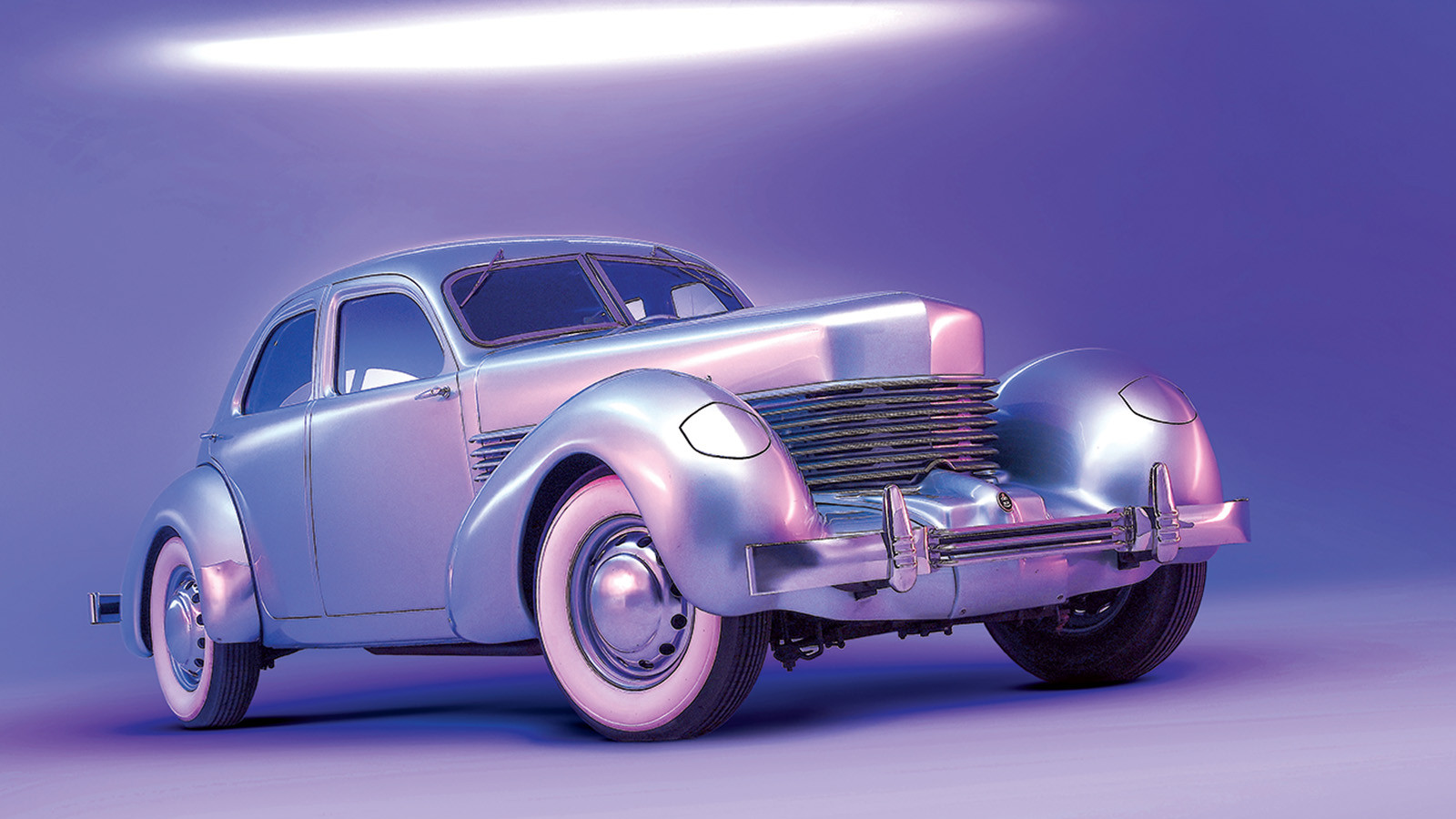 © John Bradshaw/Classic & Sports Car
© John Bradshaw/Classic & Sports Car -
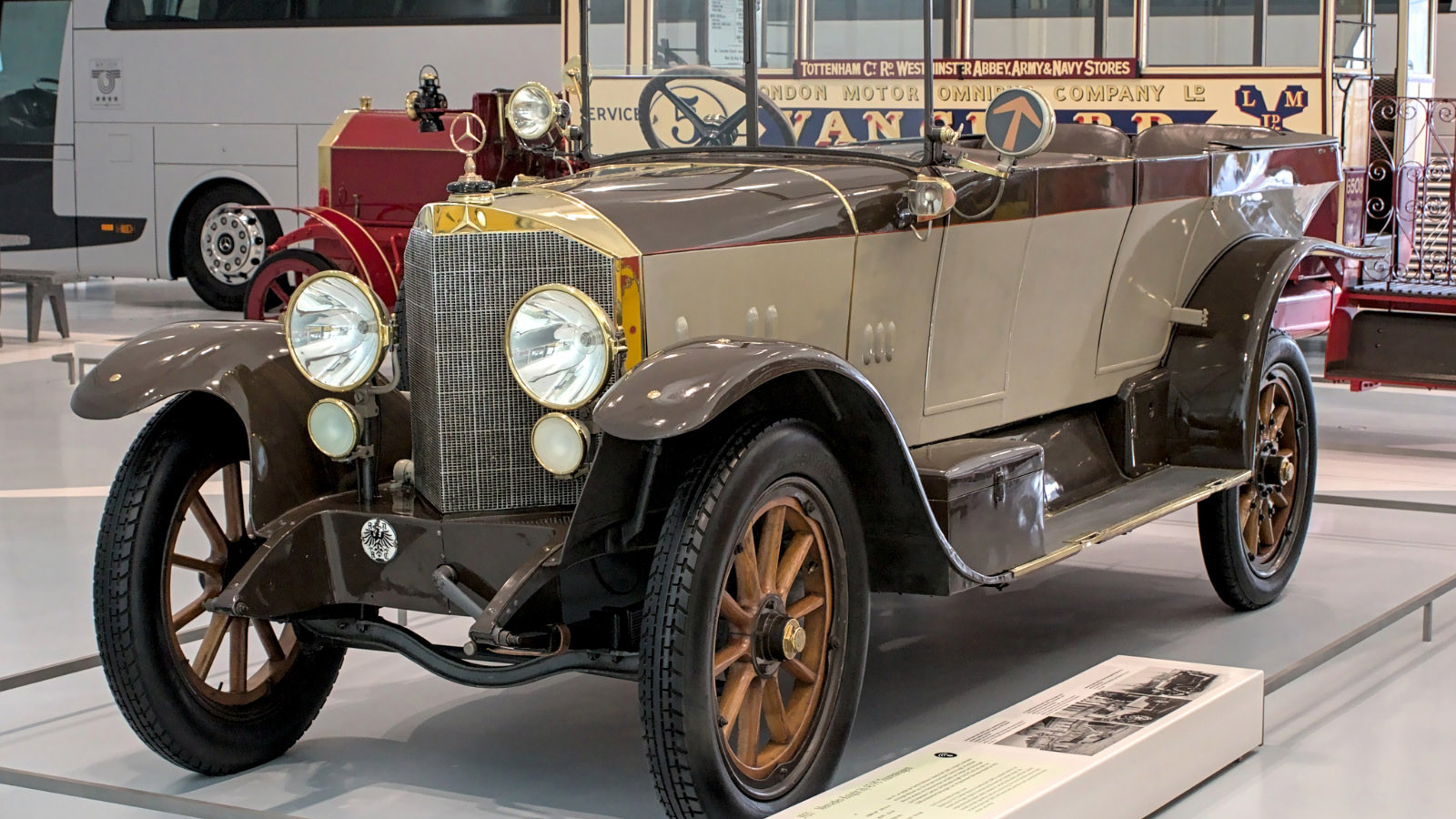 © AlexanderMigl/Creative Commons licence https://creativecommons.org/licenses/by-sa/4.0
© AlexanderMigl/Creative Commons licence https://creativecommons.org/licenses/by-sa/4.0 -
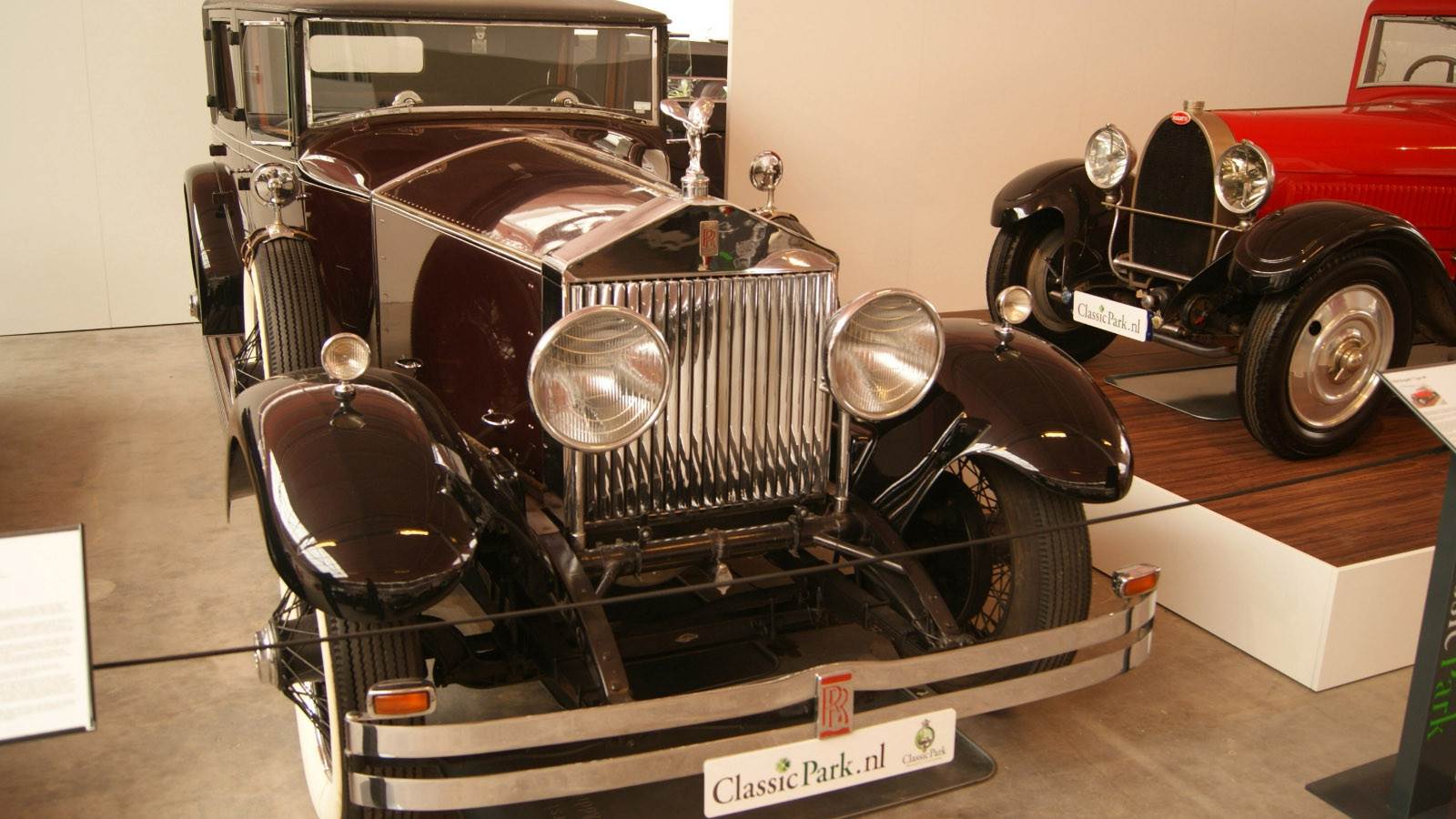 © NielsdeWit/Creative Commons licence https://creativecommons.org/licenses/by/2.0/
© NielsdeWit/Creative Commons licence https://creativecommons.org/licenses/by/2.0/ -
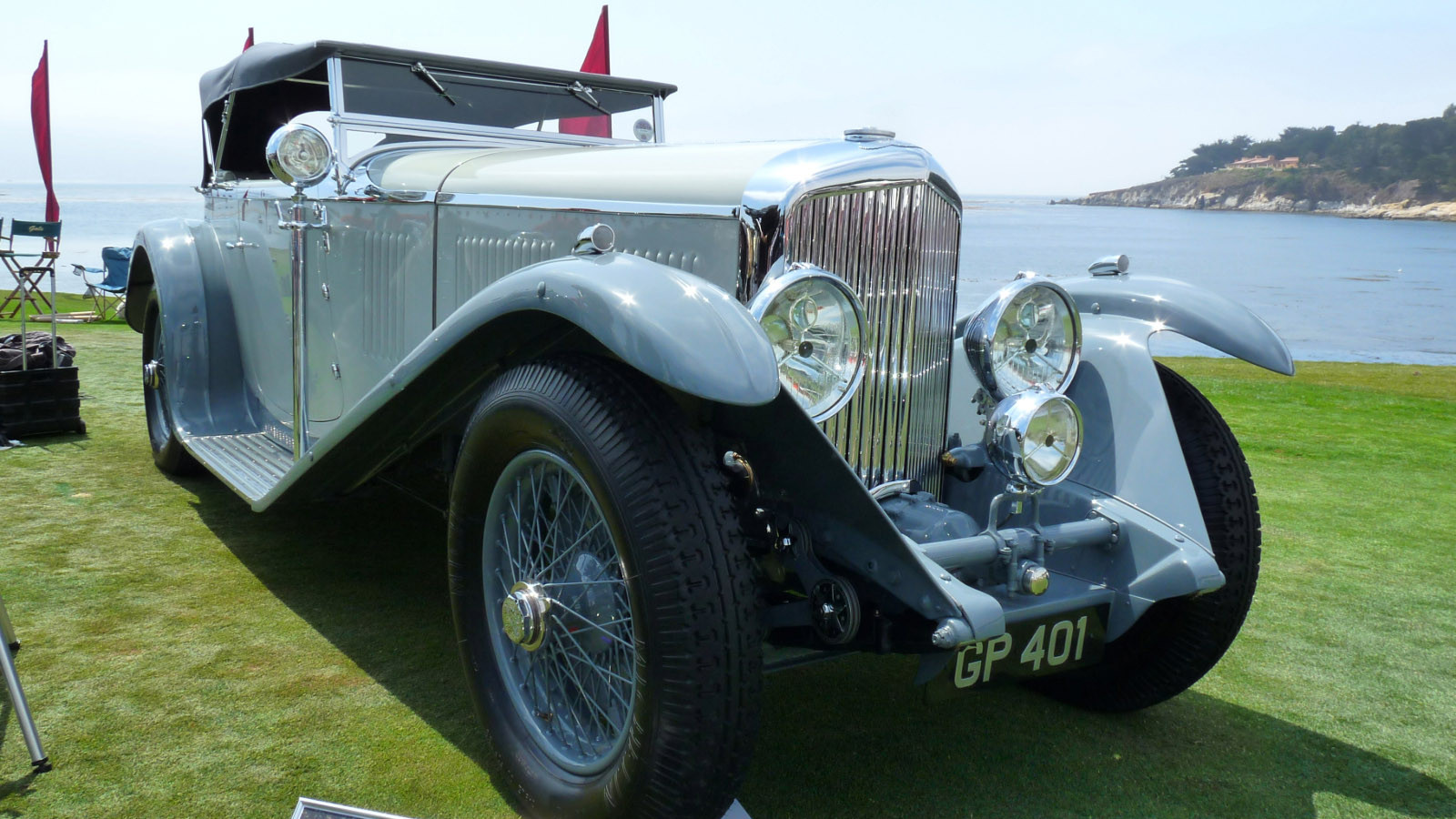 © Craig Howell/Creative Commons licence https://creativecommons.org/licenses/by/2.0/deed.en
© Craig Howell/Creative Commons licence https://creativecommons.org/licenses/by/2.0/deed.en -
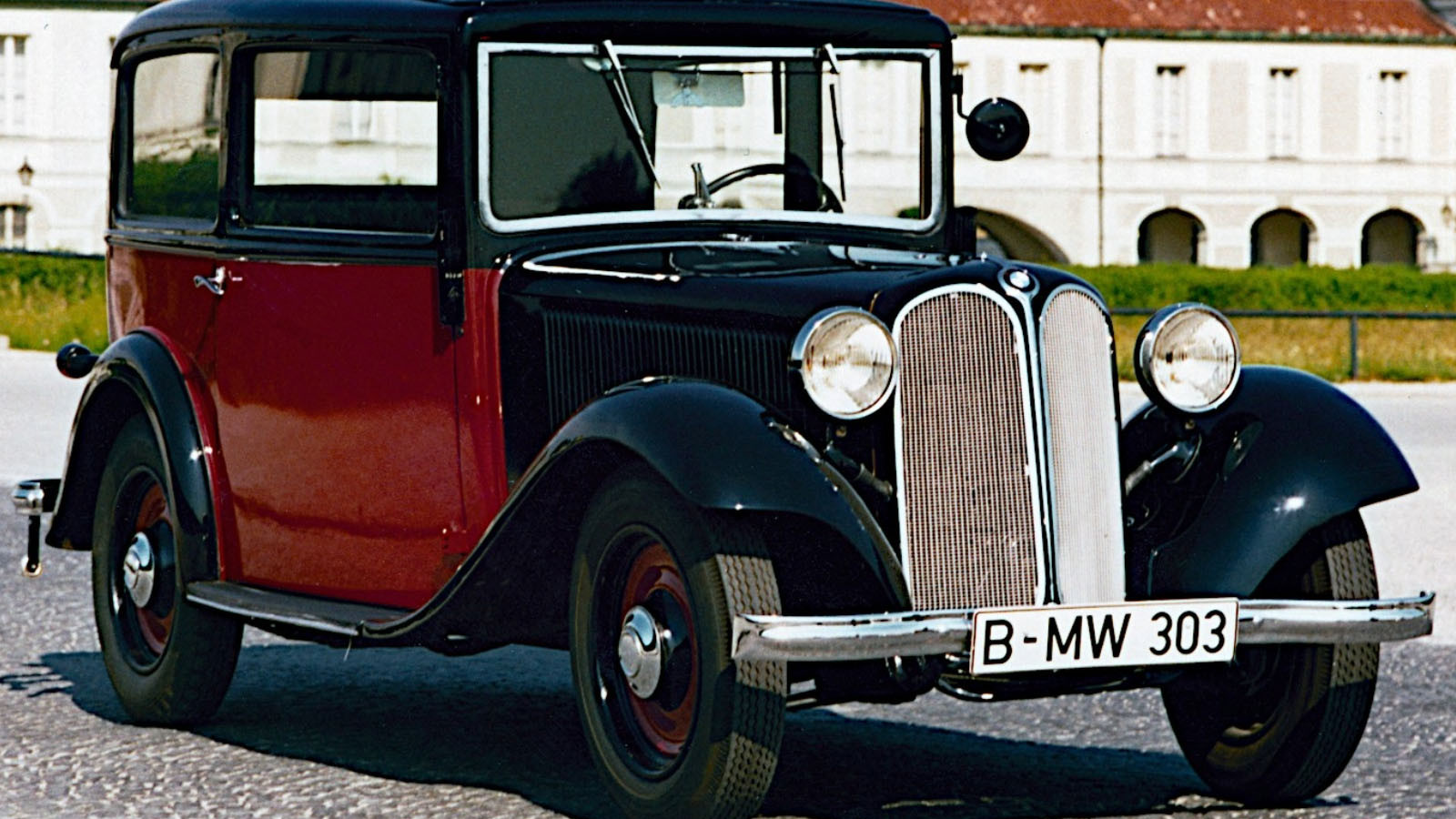 © BMW
© BMW -
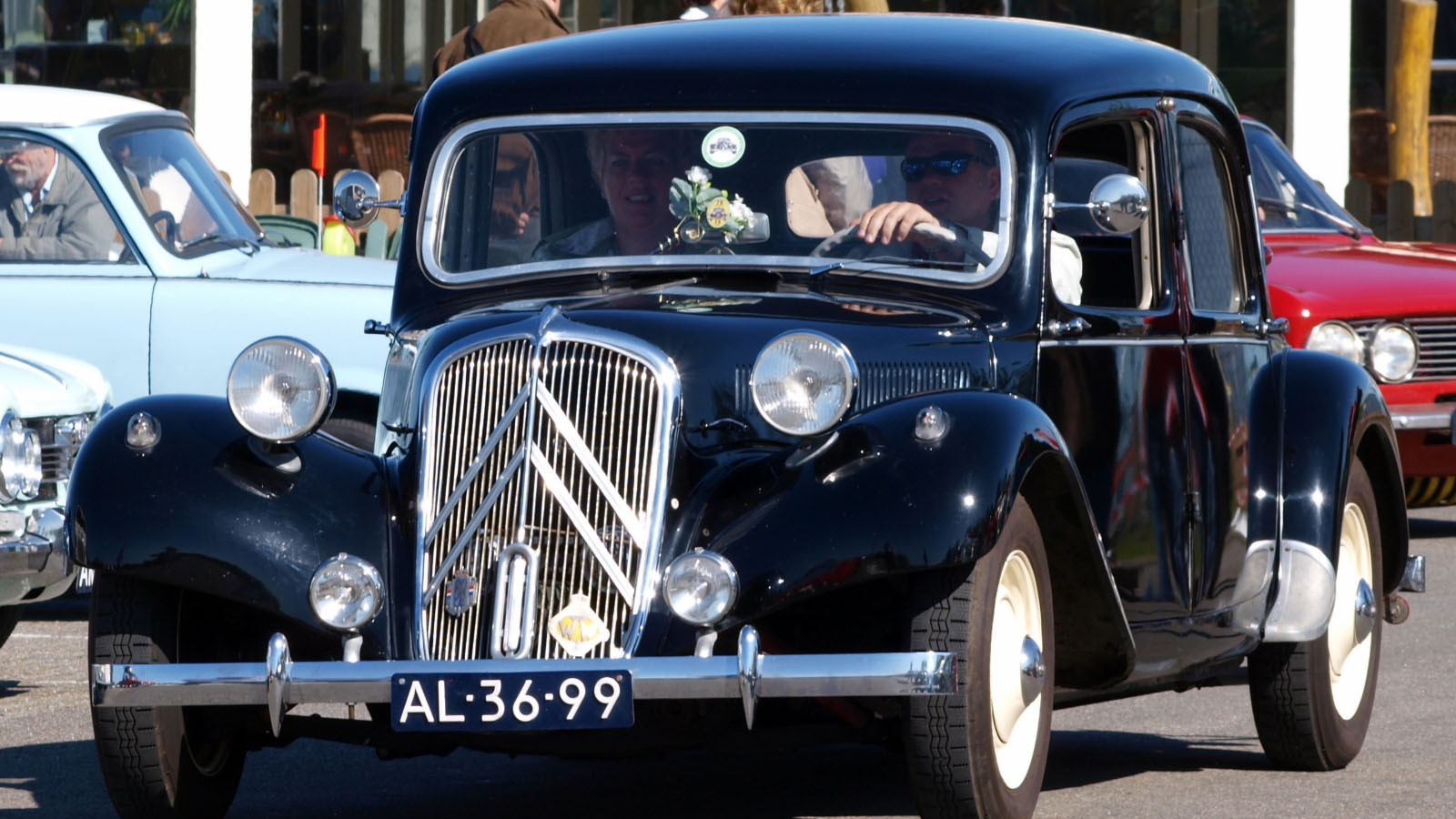 © AlfvanBeem/CreativeCommons licence https://creativecommons.org/publicdomain/zero/1.0/deed.en
© AlfvanBeem/CreativeCommons licence https://creativecommons.org/publicdomain/zero/1.0/deed.en -
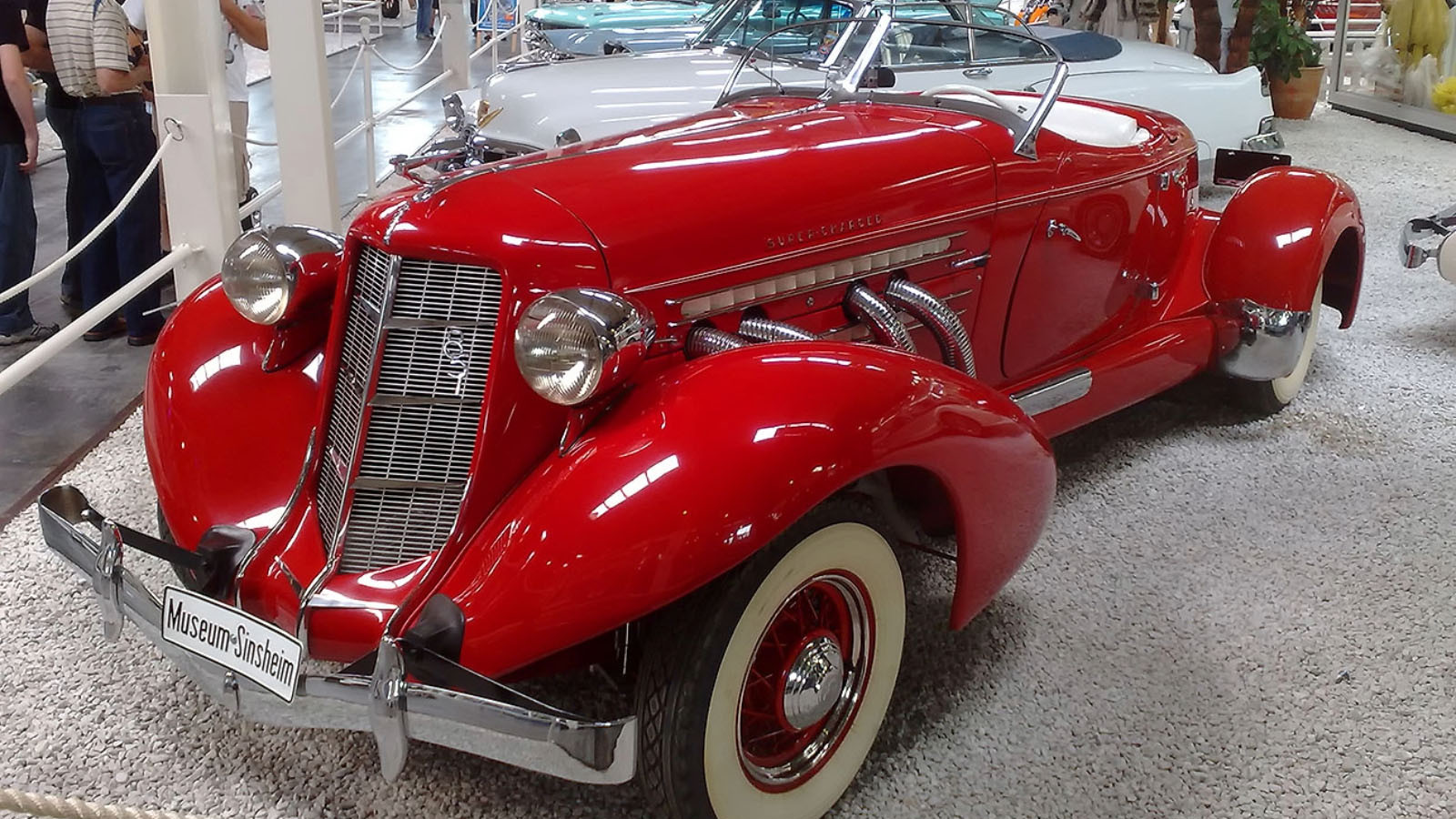 © LSDSL/Creative Commons licence: https://creativecommons.org/licenses/by-sa/3.0
© LSDSL/Creative Commons licence: https://creativecommons.org/licenses/by-sa/3.0 -
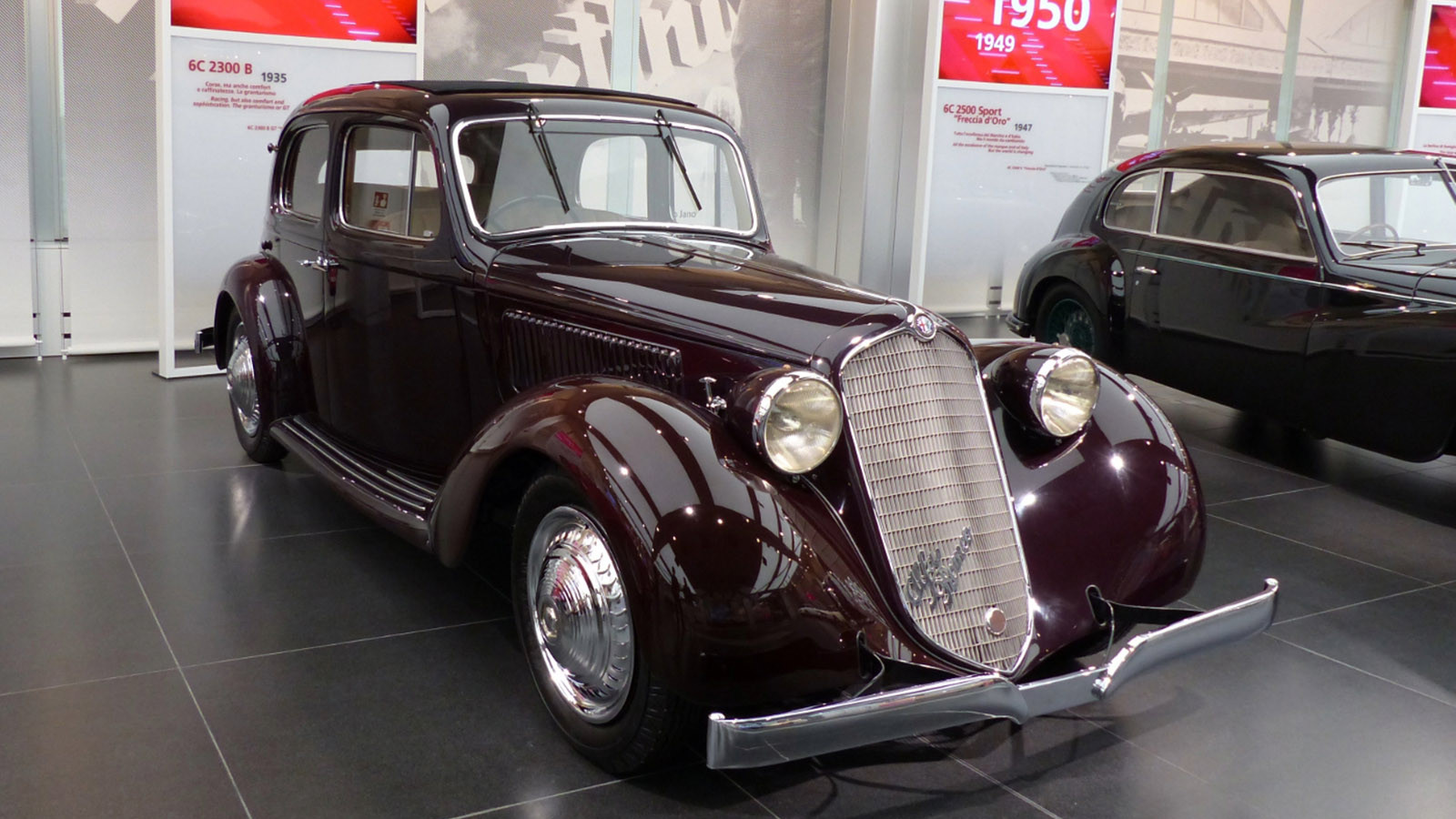 © Azrhey/Creative Commons licence https://creativecommons.org/licenses/by-sa/2.0
© Azrhey/Creative Commons licence https://creativecommons.org/licenses/by-sa/2.0 -
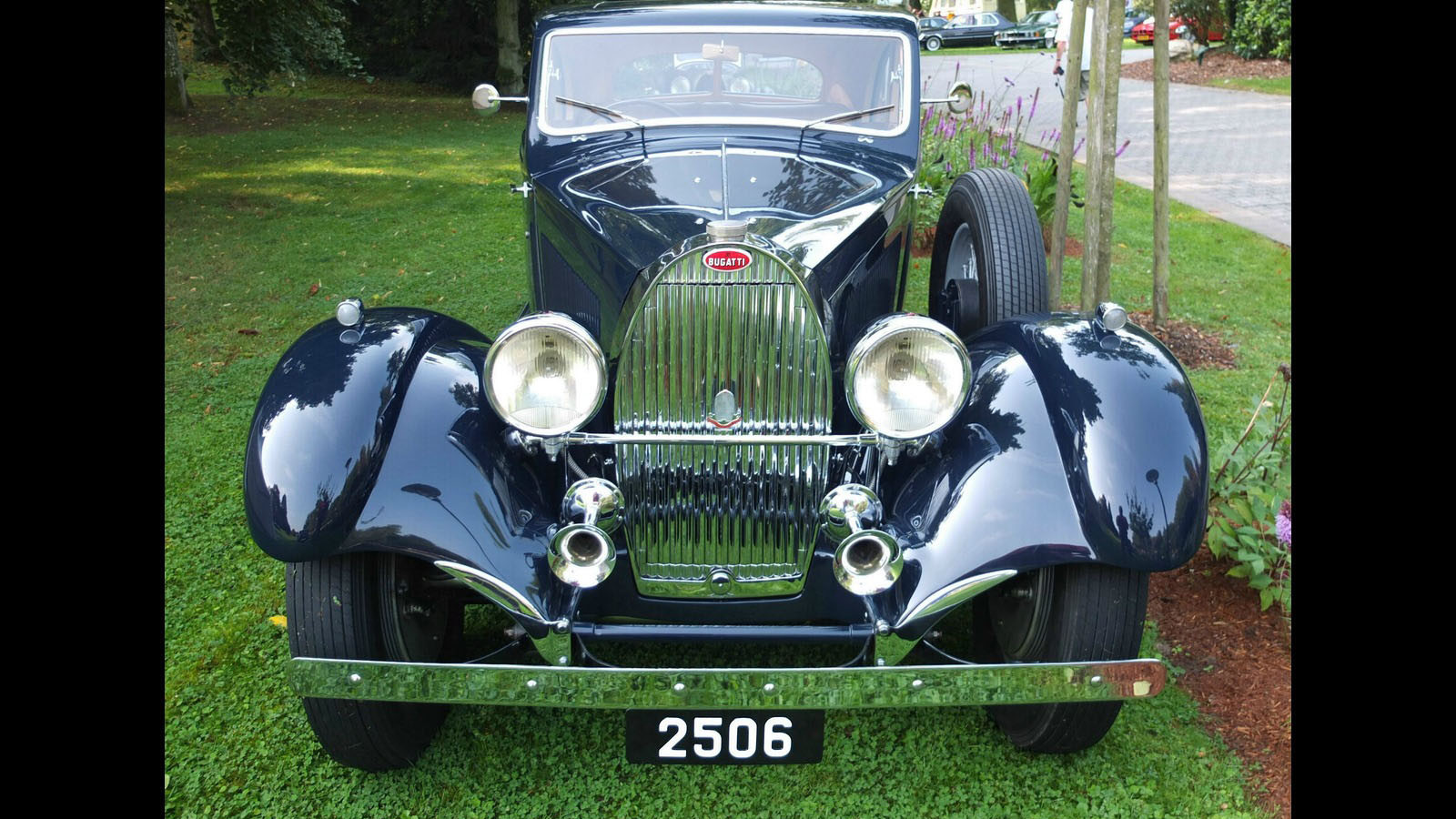 © Palauenc05/Creative Commons licence https://creativecommons.org/licenses/by-sa/4.0/
© Palauenc05/Creative Commons licence https://creativecommons.org/licenses/by-sa/4.0/ -
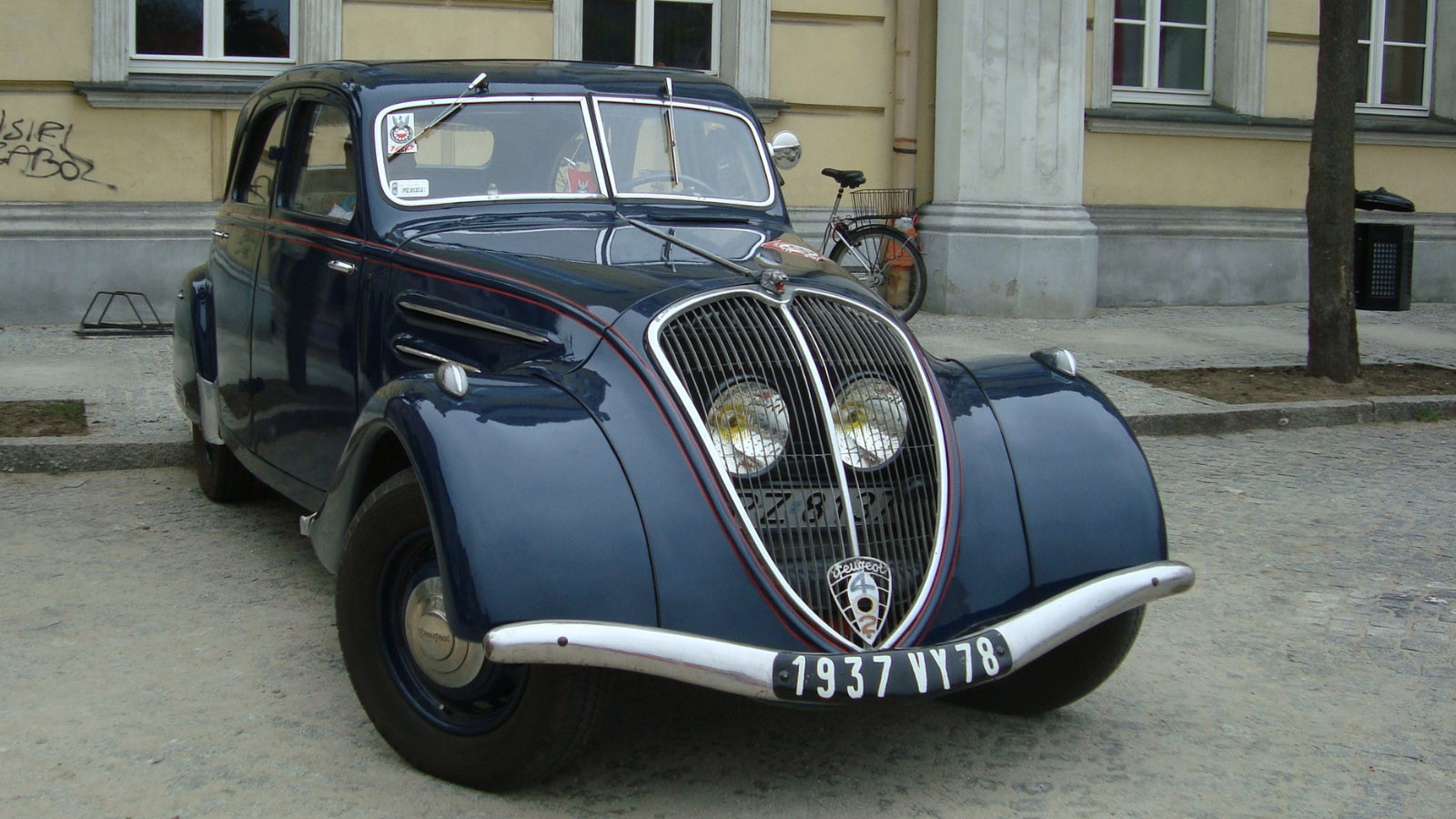 © Abrimaal/Creative Commons licence https://creativecommons.org/licenses/by-sa/3.0/
© Abrimaal/Creative Commons licence https://creativecommons.org/licenses/by-sa/3.0/ -
 © John Bradshaw/Classic & Sports Car
© John Bradshaw/Classic & Sports Car -
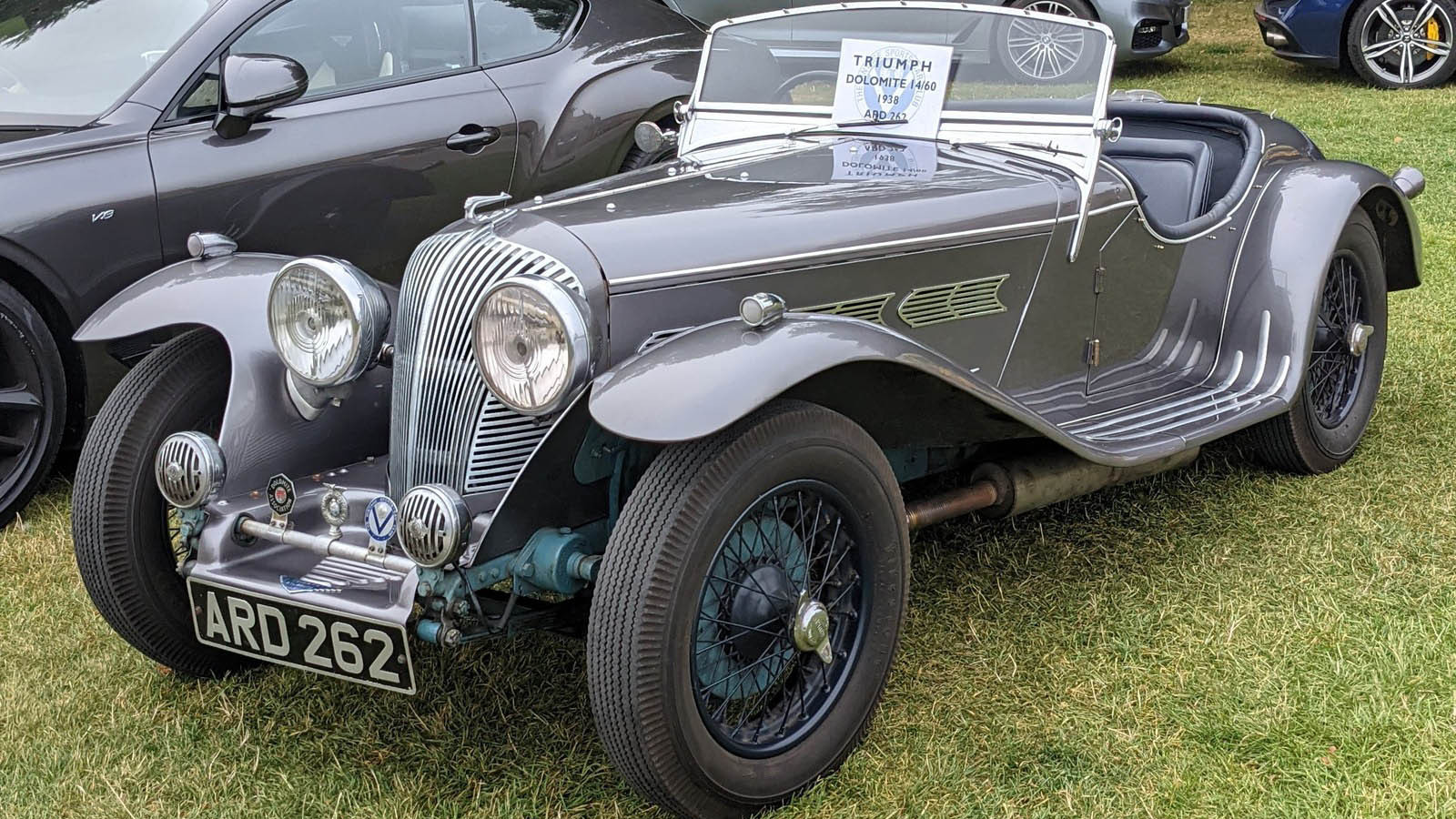 © Calreyn88/Creative Commons licence https://creativecommons.org/licenses/by-sa/4.0/deed.en
© Calreyn88/Creative Commons licence https://creativecommons.org/licenses/by-sa/4.0/deed.en -
 © Škoda
© Škoda -
 © Sicnag/Creative Commons licence https://creativecommons.org/licenses/by/2.0/
© Sicnag/Creative Commons licence https://creativecommons.org/licenses/by/2.0/ -
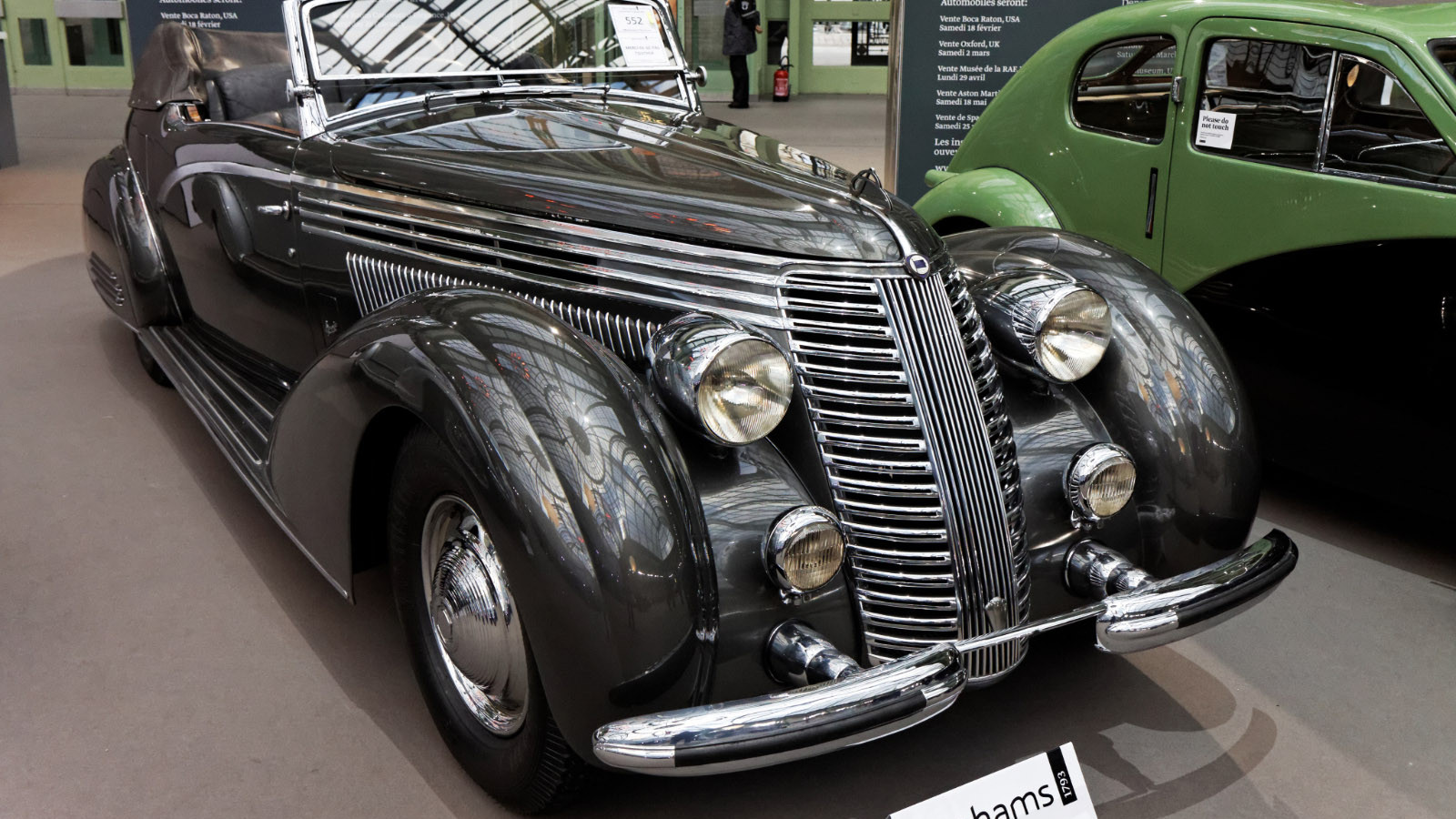 © Thesupermat/Creative Commons licence https://creativecommons.org/licenses/by-sa/3.0/deed.en
© Thesupermat/Creative Commons licence https://creativecommons.org/licenses/by-sa/3.0/deed.en -
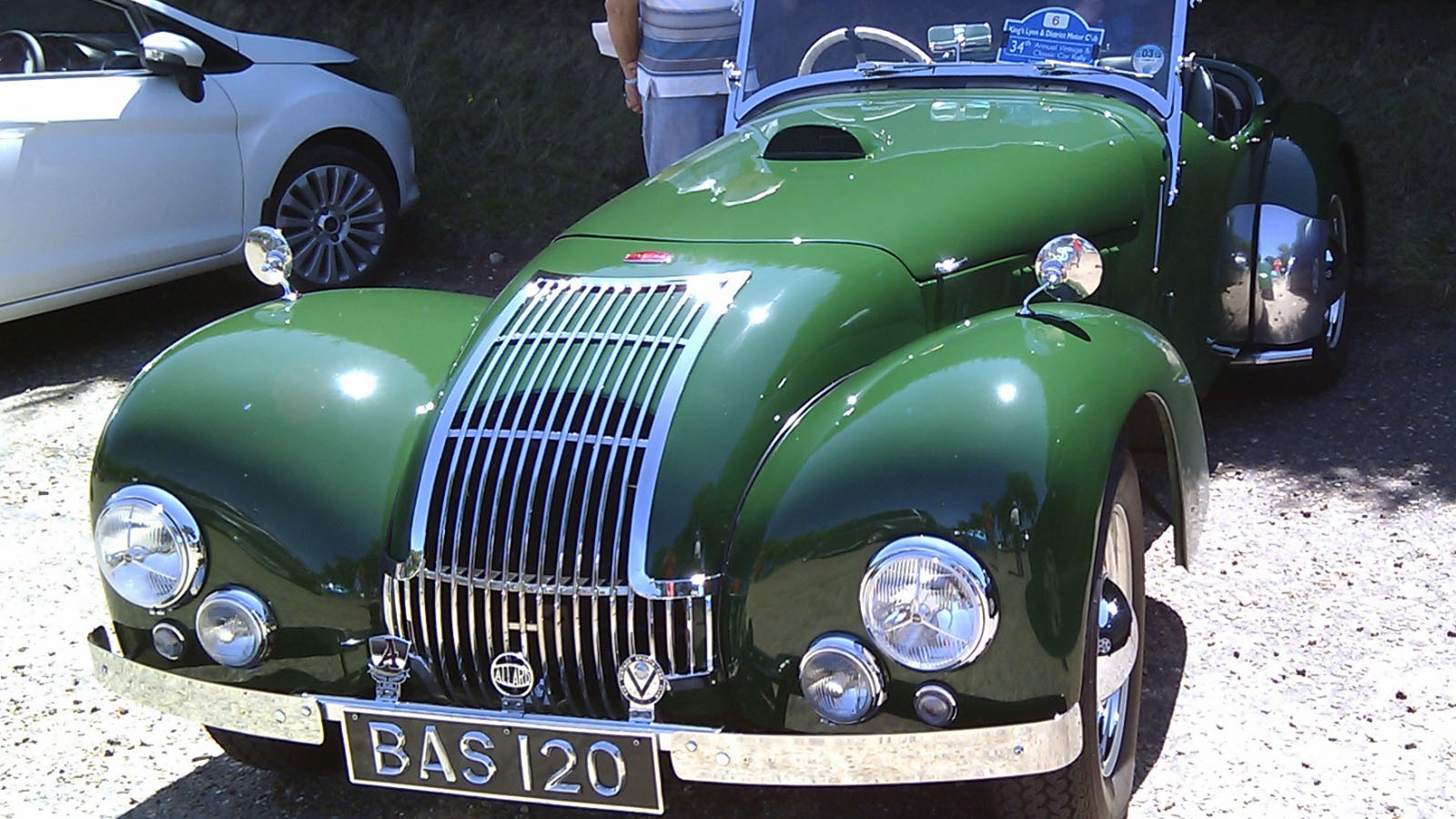 © Daniel Scully/Creative Commons licence https://creativecommons.org/licenses/by/2.0/
© Daniel Scully/Creative Commons licence https://creativecommons.org/licenses/by/2.0/ -
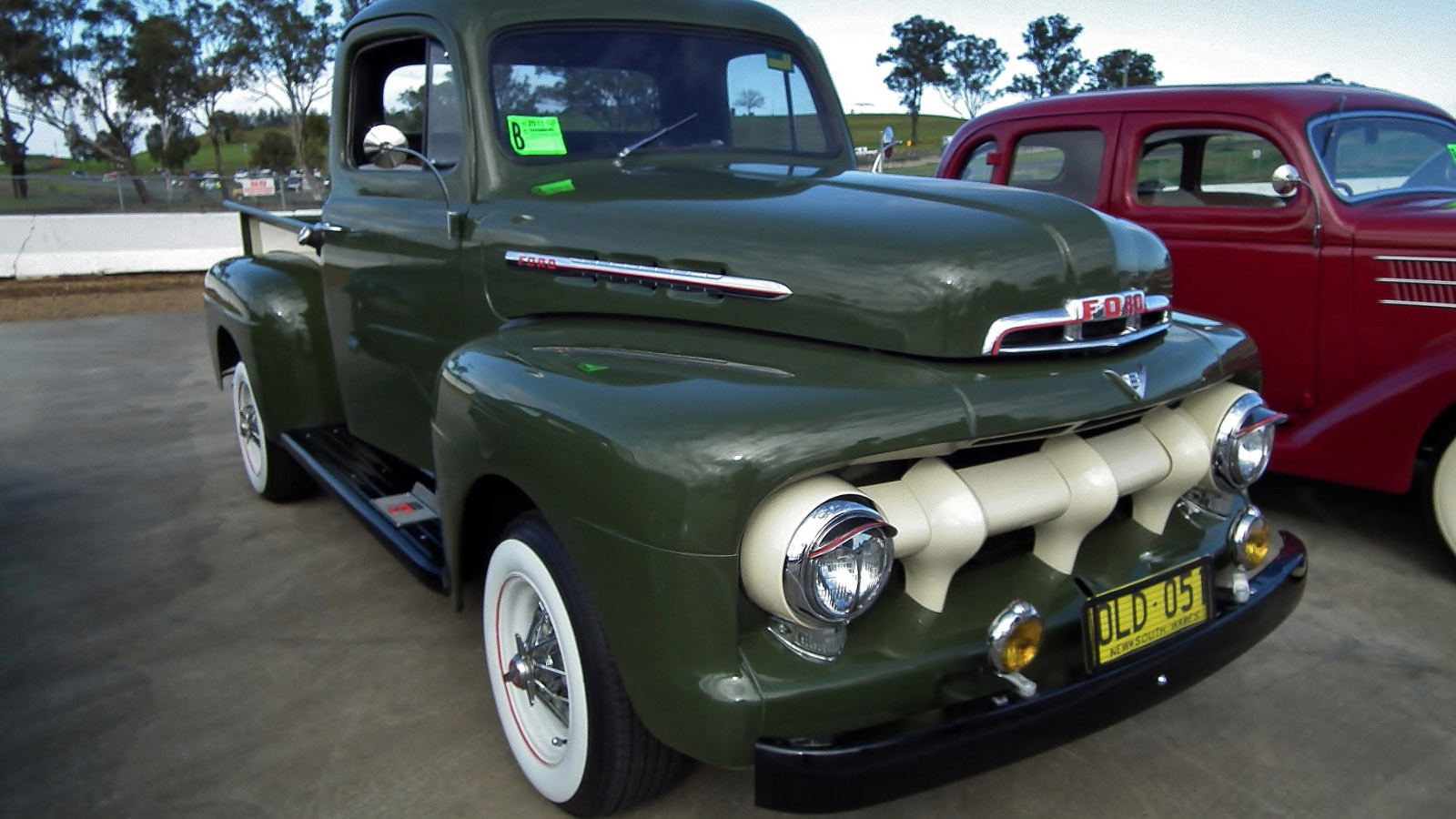 © Sv1ambo/Creative Commons licence https://creativecommons.org/licenses/by/2.0/
© Sv1ambo/Creative Commons licence https://creativecommons.org/licenses/by/2.0/ -
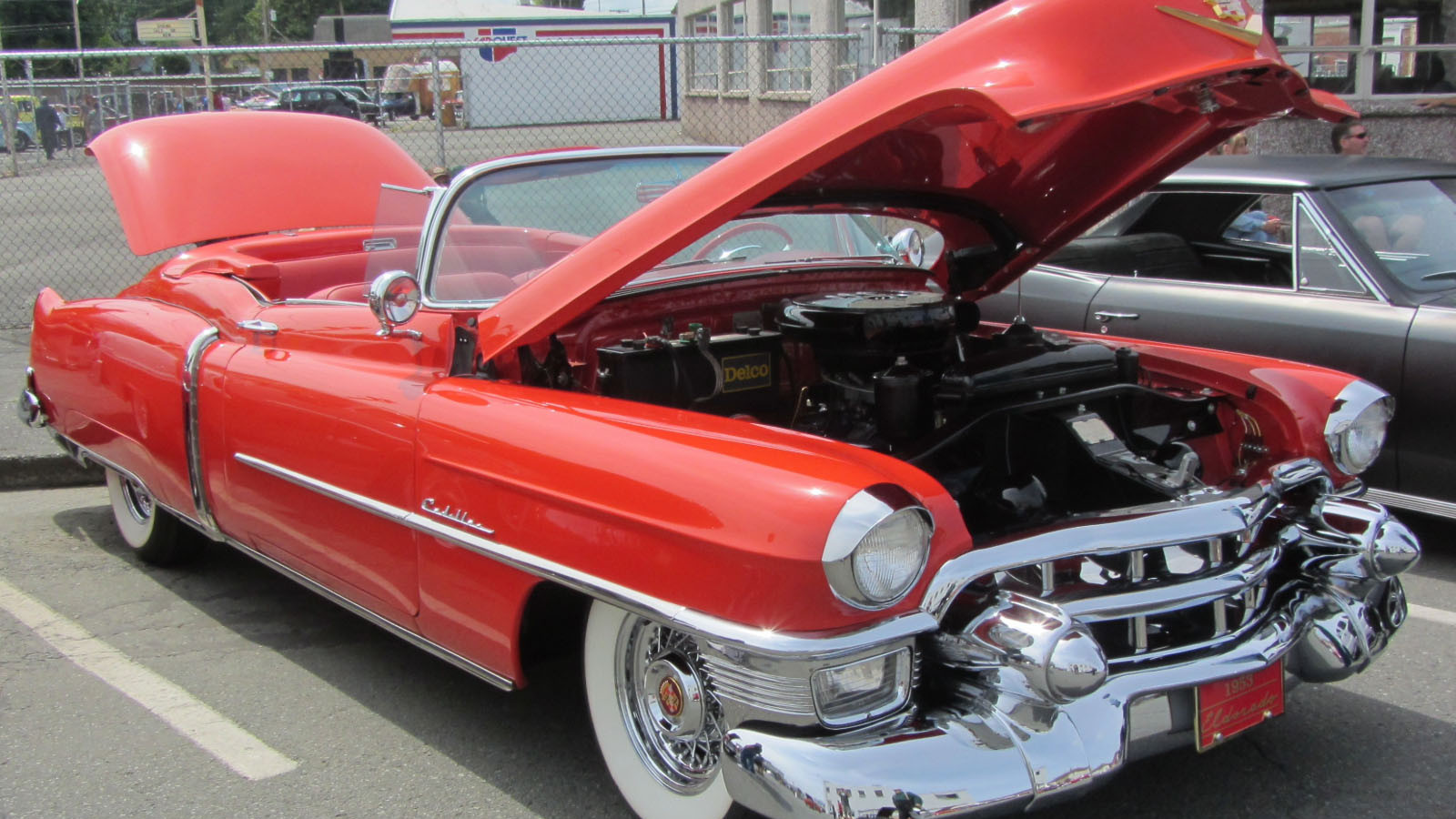 © John LLoyd/Creative Commons licence https://creativecommons.org/licenses/by/2.0/deed.en
© John LLoyd/Creative Commons licence https://creativecommons.org/licenses/by/2.0/deed.en -
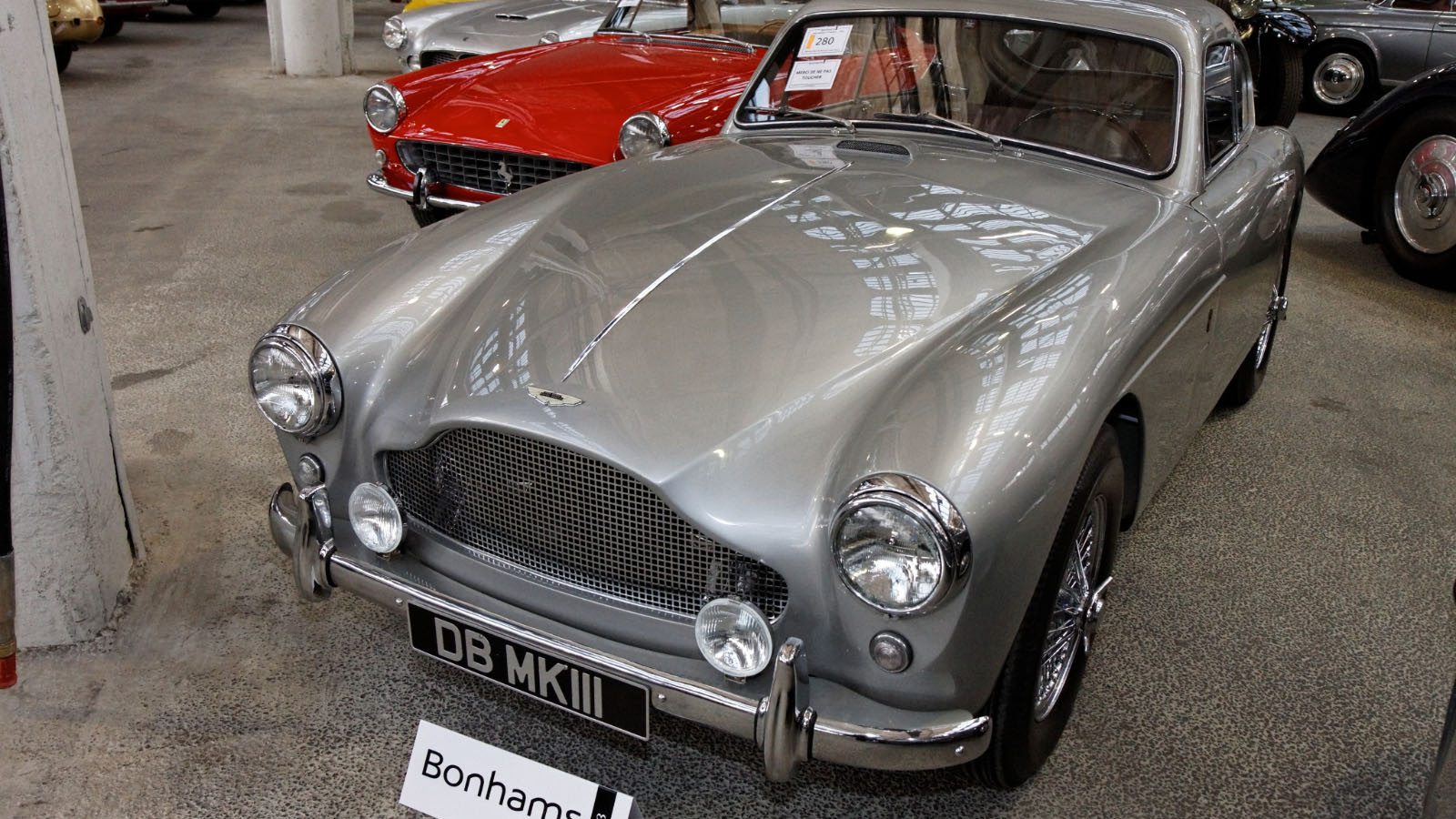 © Thesupermat/Creative Commons licence https://creativecommons.org/licenses/by-sa/3.0/deed.en
© Thesupermat/Creative Commons licence https://creativecommons.org/licenses/by-sa/3.0/deed.en -
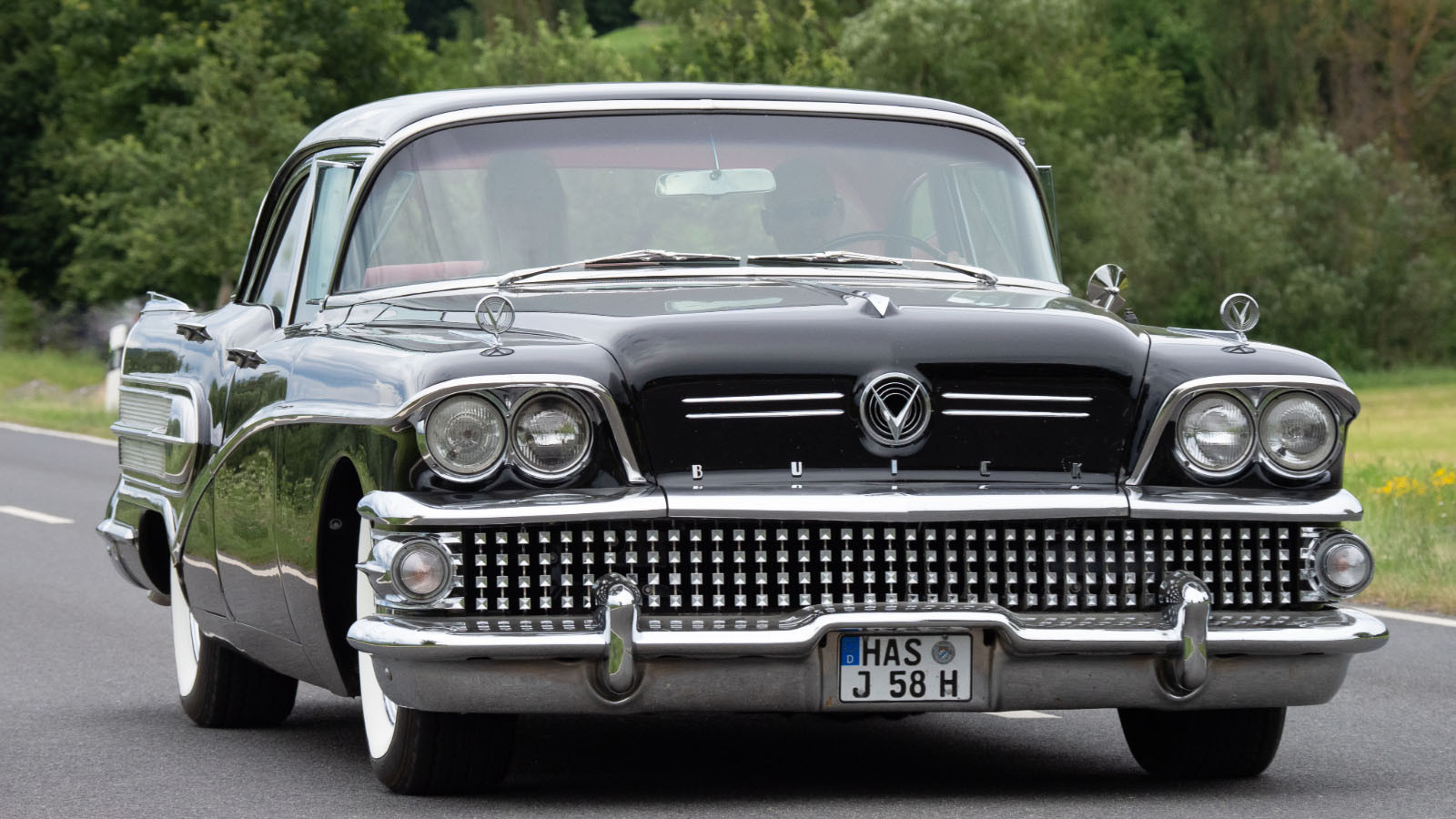 © Ermell/Creative Commons licence https://creativecommons.org/licenses/by-sa/4.0/
© Ermell/Creative Commons licence https://creativecommons.org/licenses/by-sa/4.0/ -
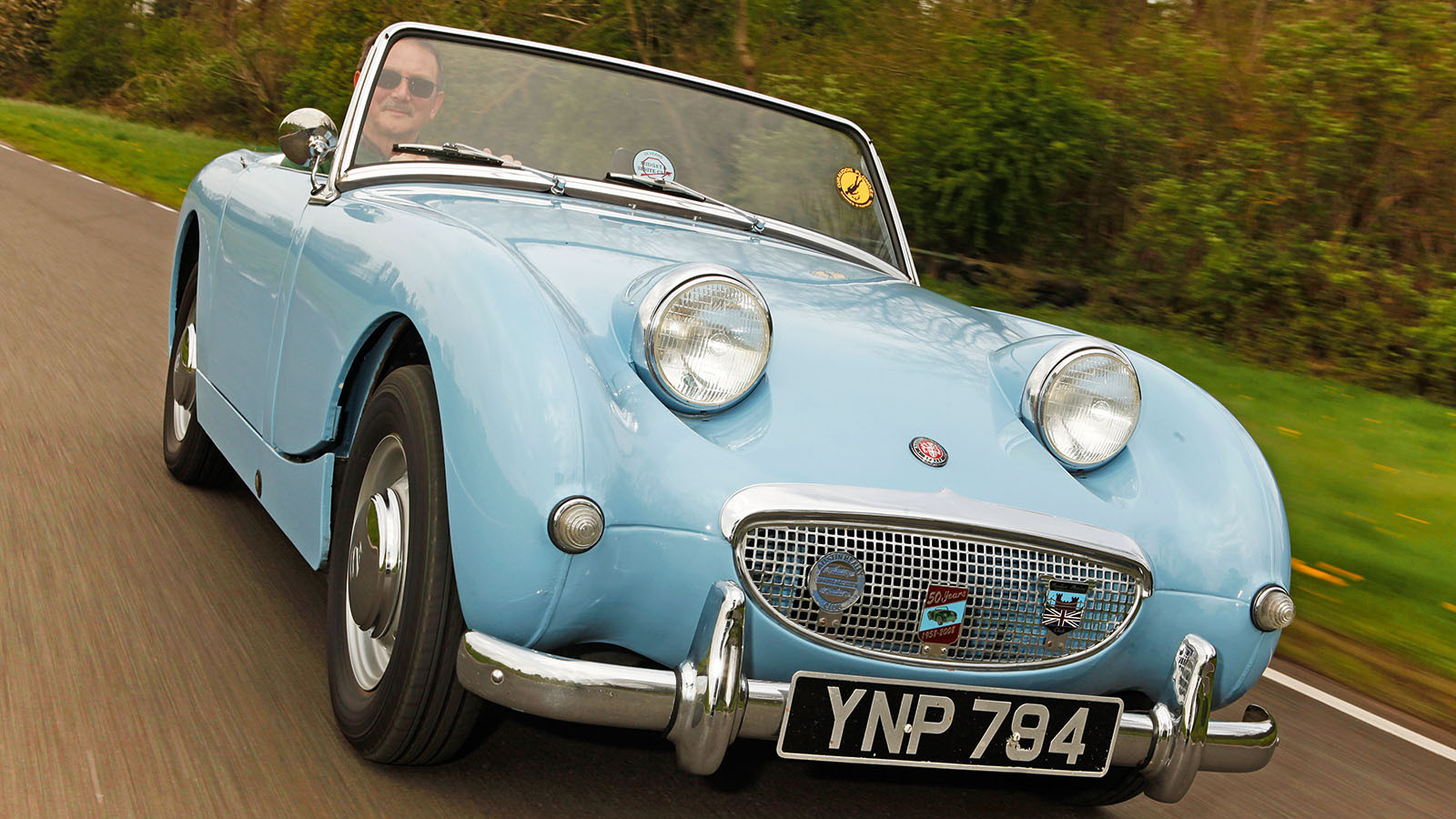 © Tony Baker/Classic & Sports Car
© Tony Baker/Classic & Sports Car -
 © Dawid783/Creative Commons licence https://creativecommons.org/licenses/by-sa/4.0/
© Dawid783/Creative Commons licence https://creativecommons.org/licenses/by-sa/4.0/
-
The bigger the better?
Although necessary for keeping the beating heart of a classic car cool, grilles can also be one of the most prominent and memorable features of a car.
Sometimes they’re quite plain, but other times stylists have used eye-catching shapes and different materials.
Here are some of our favourite grille designs used on classic cars, presented in chronological order.
-
1. Mercedes Knight 16 (1911)
Before the Knight, Mercedes grilles were flat and consisted of more than 8000 small pipes, which solved a cooling issue found on 1900 Mercedes 35HP cars.
As time progressed and power increased, Mercedes redesigned the grille, starting with the Knight 16, which included a vertical fold that widened the cooling surface slightly.
However, it was tricky to produce so Mercedes reserved it for vehicles with more oomph.
-
2. Rolls-Royce Phantom I (1925)
The Silver Ghost had been going since 1906 and Rolls-Royce needed a worthy successor – the Phantom I arrived in 1925.
Rolls-Royce grilles were tall with a gable-like design. The simple mesh grille found on older cars was dropped for the Phantom I and the marque adopted a vertical-slat design inspired by the columns found at Rome’s Pantheon temple.
The design has since become one of the best known and, today, as when this car was new, even those who aren’t car fans know what they are looking at.
-
3. Bentley 8 Litre (1930)
Eight litres, 200 or 225bhp (depending on the compression ratio) and a top speed of more than 101mph – these were big figures for a car in 1930.
Underneath the Bentley 8 Litre’s large bonnet was a straight-six engine mated to a four-speed transmission and rear-wheel drive.
Up front was a vertical-slat, chrome grille that fed the powerplant with air and certainly helped give the Bentley serious road presence.
-
4. BMW 303 (1933)
Ah, the kidney grille. Something that’s sat at the nose of many BMW cars for years, and it all started with the 303.
Fritz Fiedler positioned the grille rearward slightly to improve aerodynamics, and the design was a hit and BMW incorporated it into its models going forward.
In recent years, the kidney grille has grown and has caused controversy due to its size.
The 303 was also the first BMW car to have a straight-six engine.
-
5. Citroën Traction Avant (1934)
While the Traction Avant’s shape wasn’t exactly groundbreaking for the era, its mesh grille with an enlarged chromed Citroën logo made it stand out from other marques.
The Citroën Traction Avant was the world’s first monocoque-bodied, front-wheel-drive, mass-produced car.
In 1954, the six-cylinder version was used to test a hydropneumatic suspension system, something that would cushion the DS one year later.
-
6. Auburn Boattail Speedster (1934)
Launched in the middle of the Great Depression was the Auburn Boattail Speedster, one of arguably America’s most beautiful cars.
Designed by Gordon Buehrig, the man behind the Cord 810 that we will come to later, the Auburn’s styling was inspired by speedboats.
Its swept-back grille with six horizontal chrome bars topped off the classy look of this laidback speedster.
-
7. Alfa Romeo 6C (1934)
An Alfa Romeo simply wouldn’t be an Alfa without its Scudetto grille, also known as its shield.
We’ve seen various changes to this shield over the years, but the first car that proudly wore the Alfa Scudetto was the 6C 2300 Turismo.
Over the years, the design has been revised and the shield has become smaller, but it is still a very recognisable shape.
-
8. Bugatti Type 57 (1934)
Bugatti’s signature grille can be traced back to as far as 1924 with the Type 35 racer.
Many believe that inspiration for the grille came from horseshoes, but it was inspired by Ettore Bugatti’s father who was a furniture maker and used the egg shape in his chairs, goblets and tables.
The Type 57 retained the flat grille design, although chromed, like that found on the Type 35.
This was later changed on the 1936 Type 57S, which had a more pointy, more sleek design to match the curved, teardrop-like wings.
-
9. Peugeot 402 (1935)
While car manufacturers were busy mounting headlights to wings, Peugeot went down a different avenue and fitted both headlamps behind the front grille.
The shield-like grille wrapped from behind the bottom of the bumper to the tip of the bonnet and could be removed entirely to replace blown bulbs.
At the bottom of the grille, the 402 badge’s zero was replaced with a hole for the crank handle.
-
10. Cord 810 (1936)
It’s certainly one of the arguably stranger-looking cars on our list, but the Cord 810 was technologically ahead of its time.
Instead of a conventional grille, chrome louvres wrapped around the front and ran up both sides of the car, while the 810 quickly earned its ‘coffin nose’ moniker because of its long bonnet.
Rather than spoil the grille with large, rounded headlights, Cord opted for a pop-up system integrated into each wheelarch – this made it the first production car to ever offer such technology.
-
11. Triumph Dolomite 14/60 (1936)
Rather than blending in with regular traffic, Triumph wanted its Dolomite to stand out, and what better way than to fit it with a dramatic grille.
Designed by Walter Belgrove, who is said to have gained inspiration from Hudson, the grille was given a ‘waterfall’ nickname.
While it divided opinions, Triumph now had a car that could be identified easily.
-
12. Škoda Superb III Type 913 Sodomka (1937)
Across automotive history, many coachbuilders have offered different takes on production cars.
Sodomka, in the Czech Republic, is one such company and worked with brands such as Tatra, Maybach and Škoda.
While the production Superb looked great, Sodomka turned it into an aerodynamic masterpiece.
The flat grille was removed, and a new angled, curved, louvred design was put in its place. A headlight could then be fitted to the grille’s centre.
-
13. Graham-Paige Model 97 (1938)
The Model 97 had stacks of character, including a split rear window and flared, rounded wheelarches. Those who bought the convertible would get sliding doors, too.
Because the Model 97 had a sharp front, it gained a ‘shark nose’ nickname.
The louvred grille could either match the colour of the body, with additional hints of chrome, or be chromed entirely.
-
14. Lancia Astura Series IV Carrozzeria (1938)
Lancia’s Lambda was ageing, so to keep with the times, the company introduced two new cars in 1931: the Artena and the Astura, the latter being aimed at those with deeper pockets.
The Astura became popular amongst coachbuilders because of its long wheelbase.
While there were various iterations, the Carrozzeria Boneschi of Milan version makes our list because of its interesting wraparound grille design, which continues into the sides of the car, only increasing the appeal of this already very attractive coupé.
-
15. Allard K1 (1947)
Designed by Sydney Allard, the K1 had British roots but was powered by an American heart.
Overall, the K1’s design was funky and arguably the ultimate expression of this was the K1’s grille, which wrapped around its sloped front end like an upside-down T.
Air channelled through the grille cooled the Ford V8 underneath the K1’s long bonnet.
-
16. Ford F-1 (1951)
Ford’s F-series pick-ups were often a farmer's best friend.
Their designs were more about function over good looks, but for 1951, Ford pencilled in a few changes, with the most notable one being the grille.
The horizontal slats were replaced with a single horizontal bar, supported by three columns, or ‘teeth’. This great design was later dropped in favour of something more casual.
-
17. Cadillac Eldorado (1953)
Chrome, chrome, chrome: it looked classy, it was upmarket, and cars wearing a Cadillac badge couldn’t be spotted dressed in anything else.
To kick off the Eldorado, Cadillac entered the market with a bang by fitting it with an imposing, chromed grille.
Two large spaceship-like thrusters sat in front to top things off.
For 1954 models, Cadillac reined in its design team, which meant the ‘thrusters’ were smaller, and the bar grille was replaced with a mesh-like design.
-
18. Aston Martin DB MkIII (1957)
Rather than come up with an entirely new car, Aston Martin took the DB2/4 and revised it, which birthed the DB MkIII.
The styling was refined and it’s how the marque settled on its legendary grille design for its road cars.
When the DB4 was launched in 1958, Aston widened the grille but kept the same shape as found on the MkIII.
The legendary DB5 then arrived in 1963 and yet another design had been implemented: vertical bars across the grille.
-
19. Buick Special (1958)
For 1958, Buick refreshed its Special: twin headlights, much more chrome and a special grille named the ‘Fashion Aire Dynastar’.
Mesh simply wasn’t enough for Buick, so the new grille was fitted with 160 faceted chrome squares to help reflect light and give the car a large grin.
In 1961, the Special’s overall design changed and, as a result, so did the grille.
-
20. Austin-Healey Sprite (1958)
Has there ever been a happier-looking car than the Austin-Healey Sprite?
Originally, the Sprite was to be fitted with pop-up headlights, but this idea was soon binned because of BMC’s cost-cutting.
Americans thought the car looked like Jiminy Cricket from Pinocchio, earning it the Bugeye nickname, while in its native Britain it was called the Frogeye.
Its grille may not be complex, but it’s recognised throughout the world, and the Sprite just wouldn’t be its chirpy self without it.
-
21. GAZ-13 (1959)
Built to serve high and medium-rank Soviet officials, the GAZ-13 took a lot of inspiration from American design, just like its predecessor the GAZ-12 ZIM.
It was fitted with a square front and had Cadillac-esque jet thrusters on the chromed front bumper.
And rather than horizontal bars, as found on many American cars of the era, the chrome grille had patterned cutouts.
